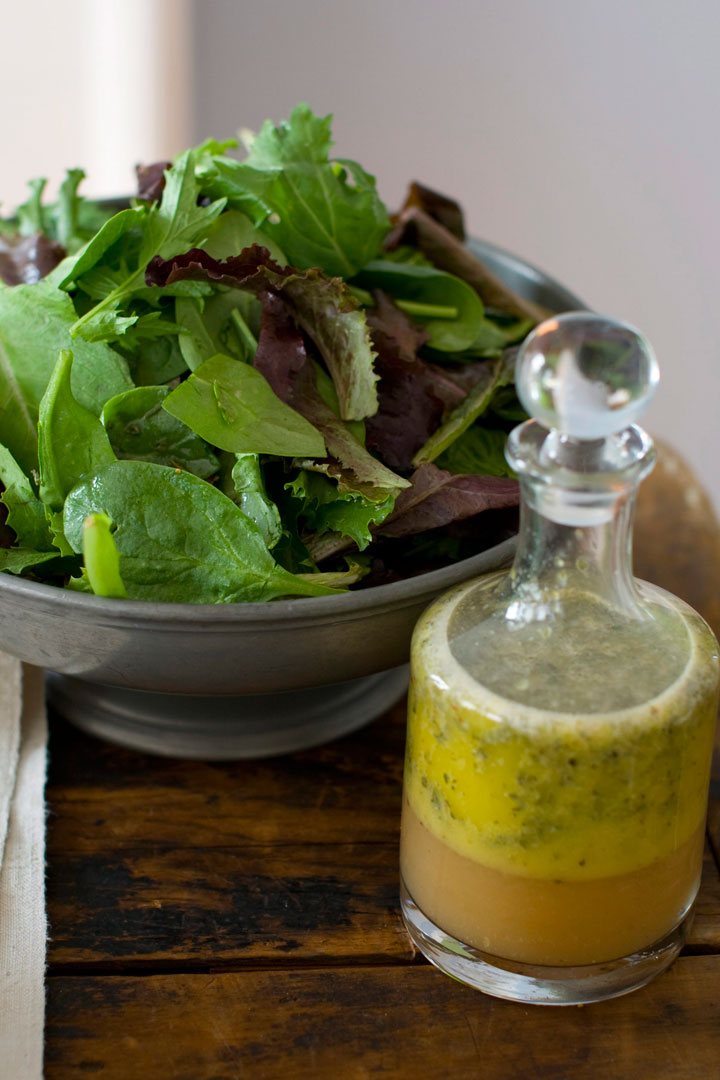LONDON, Ont. – “If I had a dollar for every time I told someone to eat more greens …” says registered dietitian Kate Comeau.

The spokesperson for Dietitians of Canada is talking about all kinds of green vegetables – “the more variety the better” – but leafy greens such as lettuces, kale, arugula, spinach and collard greens are an important part of the wider group, she says.
READ MORE: 5 ways to save money on fruits and vegetables
“Leafy greens are a source of many nutrients, including phytonutrients, vitamins and minerals like iron, calcium, folate, vitamin A, vitamin C, vitamin K,” Comeau says. “They are also rich in fibre, something many adults don’t eat enough of.”
What’s more, they deliver all this good stuff with very few inherent calories, meaning we can fill our plates.
This is no small thing, she said from Halifax.
“They take up lots of space on the plate and take time to chew. This will visually satisfy us. We can say, ‘Wow! My plate is full!’ – so we don’t overeat foods that are more calorically dense.
“This is really positive. If we’re filling up our plates with the opposite type of food – a lot of calories but not a lot of nutrients – it’s not really giving us any value to our diet.”
Health Canada recommends at least one serving – 250 millilitres (one cup) – of green vegetables a day. As a guideline, Comeau suggests at least half a plate of green, non-starchy vegetables, a quarter-plate of whole grains and a quarter of protein.
RECIPES: Greens delicious in salads with barley, lentils or used as a crunchy wrap
As a general rule, the darker the colour of the greens, the more nutritious they are, and kale has developed a reputation as a “superfood.”
In a comparison with spinach, romaine, arugula and iceberg lettuce, for example, kale tops the charts for the amount of protein, fibre, calcium, iron, potassium and vitamins C and K. But it also has the most fat, carbohydrates and calories.
Comeau doesn’t like the superfood tag for kale or any other food.
“I think such labelling can be used as a marketing tool and can consequently really increase the price of food. … It also gives the impression that these foods can give you all of the vitamins and minerals you need and that’s certainly not the case.
“You need to eat a variety of foods to fulfil our dietary needs and we get little bits of nutrients from all of them.”
READ MORE: What are monomeals? What you need to know about the latest diet trend
Even lowly iceberg lettuce – described by one source as “very low in nutritional value and flavour” – has its benefits. It keeps well, has crunch and is a good source of water, says Comeau, an important factor for those who have trouble drinking water.
It also has the same level of iron as arugula, but Comeau advises that to maximize absorption of this iron, “include a source of vitamin C alongside your greens, like a squeeze of lemon juice, red peppers or other citrus fruit.”
Don’t weigh greens down with rich, high-calorie salad dressings.
Comeau’s favourite is “to mix raw lettuce or spinach with barley, add some lentils and maybe a light vinaigrette or just a squeeze of lemon juice. That combination of flavours and textures makes a complete lunch.”
Hardier greens such as arugula, spinach and kale can be cooked successfully, but some nutrients are heat-sensitive, so steaming or sauteing for a shorter time is advised. Cook just until the leaves are bright in colour.
Hardier varieties of greens tend to last longer than more delicate ones, but to avoid having any of these expensive products go slimy in the refrigerator, sort through them when you get home from shopping. Pick out brown or slimy pieces, then fold a paper towel in with the greens to absorb excess moisture. Do not wash before storing.
The best idea is to plan and not buy more than you know you can use within a few days.
Shades of green
There are umpteen varieties of lettuce and other green leafy vegetables to mix and match. Besides being nutritious, they are very low in calories. A 250-ml (1-cup) serving of arugula, for example, has only five calories and the same amount of spinach only seven.
- Iceberg: The pale green leaves on this firm round head retain their crunch; not as flavourful or nutritious as some other varieties but often the least expensive.
- Boston: Soft, flexible light green leaves in a loose head; has a smooth, buttery taste.
- Leaf: Crisp, ruffled leaves in red or green, grown from a single stalk.
- Romaine: A long, loaf-shaped head with crisp, narrow leaves; usually used in a caesar salad.
- Endive: A loose head with narrow, curly, ribbed leaves and a sharp, peppery taste.
- Kale: Comes in both curly and flat-leaf varieties in shades of green or purple; sturdy leaves slightly bitter; very high in nutrients; 35 calories per serving.
- Arugula: Dandelion-like succulent, elongated, lobular leaves with green veins. Young, tender leaves have a sweet flavour but mature leaves have a strong, peppery taste; best when combined with other strongly flavoured foods, such as lentils.
- Spinach: Smooth baby leaves sold loose, larger slightly crinkled leaves may be bunched, packaged in bags, canned, or frozen; high in nutrients; good to eat raw or cooked.
- Collard greens: Large, dark-coloured, thick, slightly bitter, edible leaves; staple of southern U.S. cooking.

Comments